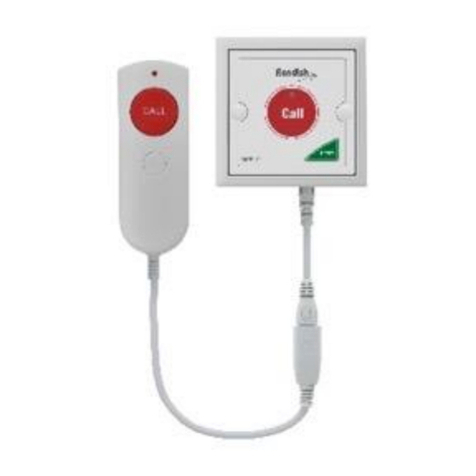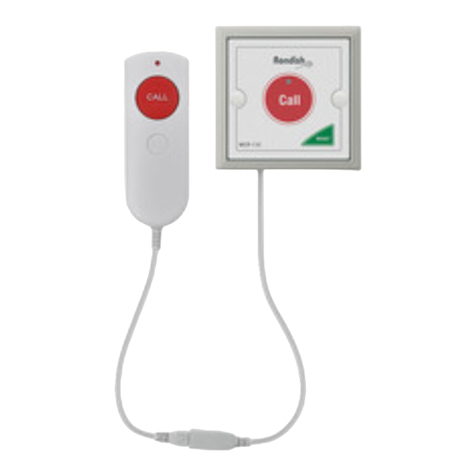
NEXUS CALL SYSTEM by Rondish
P2
Contents
Contents ............................................................................................................................................................................... 2
1. P ODUCT OVE VIEW .............................................................................................................................................. 4
1.1 System Layout with Dongle ........................................................................................................................... 4
1.2 System Layout with epeaters ...................................................................................................................... 5
1.3 General Operation ............................................................................................................................................. 8
1.3.1 Nexus Behavior Table ............................................................................................................................... 8
1.3.2 Dongle/ epeater Status .......................................................................................................................... 8
1.3.3 Lost Device Behavior ................................................................................................................................. 9
2. INSTALLING NEXUS ............................................................................................................................................... 10
2.1 The Nexus Display .......................................................................................................................................... 11
2.1.1 egistering Nexus ................................................................................................................................... 11
2.1.2 Android Options ...................................................................................................................................... 11
2.2 Configuring a epeater Network .............................................................................................................. 13
2.2.1 Network ID................................................................................................................................................. 13
2.2.2 Wireless Channel ..................................................................................................................................... 14
2.2.3 Target Address ......................................................................................................................................... 14
2.2.4 epeater Address .................................................................................................................................... 14
2.3 Call Points .......................................................................................................................................................... 16
2.4 Indication Lights .............................................................................................................................................. 17
2.4.1 Operation Modes .................................................................................................................................... 17
2.4.2 Programming ............................................................................................................................................ 18
2.4.3 Call Forward .............................................................................................................................................. 19
2.4.4 Pairing Call Points ................................................................................................................................... 19
2.5 Messaging Options ........................................................................................................................................ 20
3. USE INTE FACE .................................................................................................................................................... 21
3.1 Home Screen .................................................................................................................................................... 21
3.2 Alarm Screen ..................................................................................................................................................... 22
3.2.1 Display Details .......................................................................................................................................... 22





























